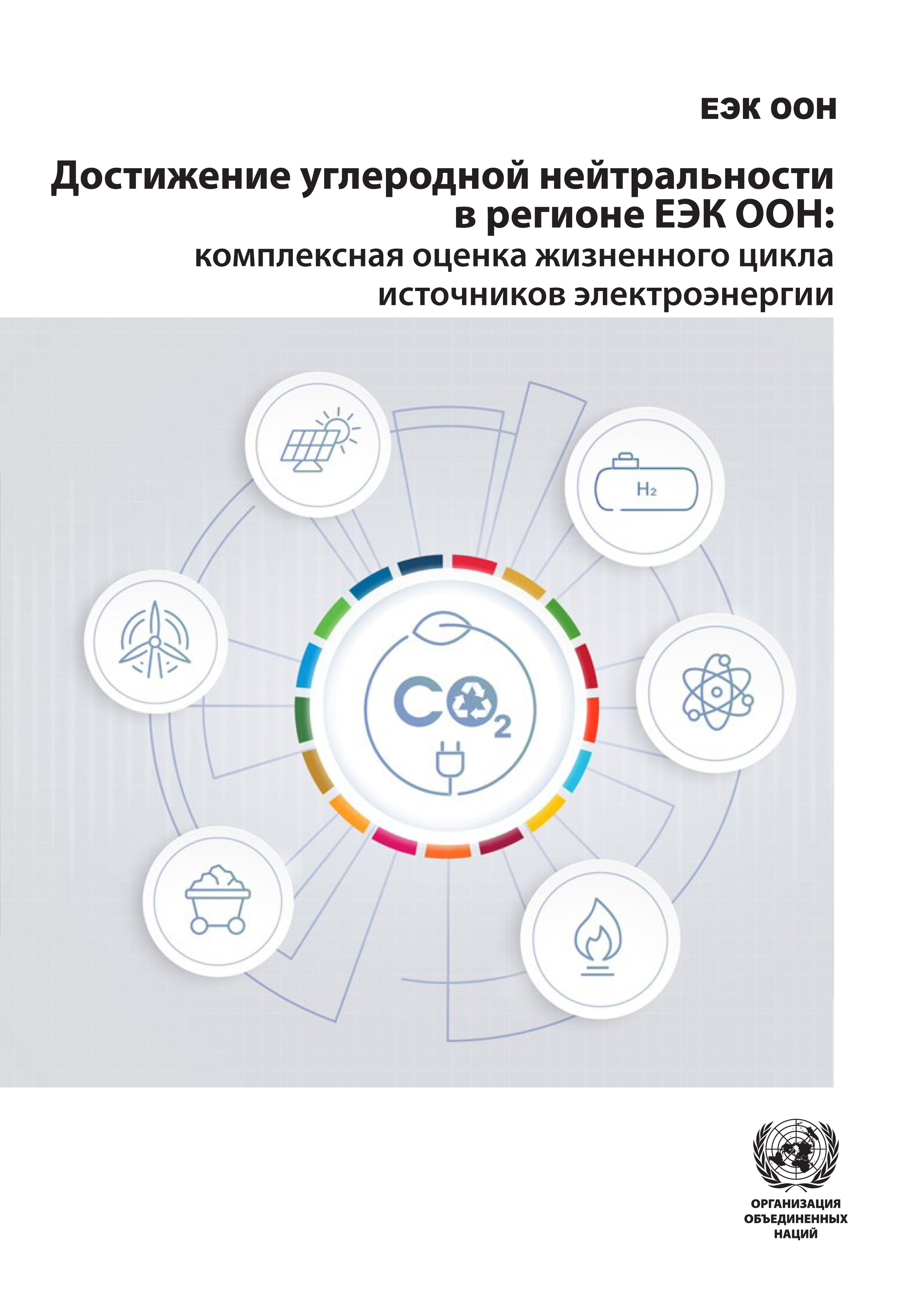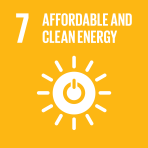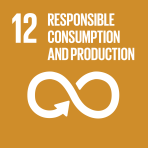Достижение углеродной нейтральности в регионе ЕЭК ООН: комплексная оценка жизненного цикла источников электроэнергии

Abstract
Well-informed energy policy design is key to reaching decarbonization targets and keep global climate change under a 2°C threshold. In particular, low-carbon electricity provision for all is essential, as the IPCC shows that the most ambitious climate mitigation scenarios entail the electrification of most of our economy. Therefore, understanding the full scale of potential impacts from current and future electricity generation is required, in order to avoid “impact leakage”, i.e., increasing non-climate environmental pressure while reducing greenhouse gas emissions. Life cycle assessment allows the evaluation of a product over its life cycle, and across a wide range of environmental indicators – this method was chosen to report on the environmental profiles of various technologies. Candidate technologies assessed include coal, natural gas, hydropower, nuclear power, concentrated solar power (CSP), photovoltaics, and wind power. Twelve global regions included in the assessment, allowing to vary load factors, methane leakage rates, or background grid electricity consumption, among other factors. With no exception, every electricity generation technology generates environmental impacts over its life cycle; and these impacts may vary widely with implementation site and other design choices. Proper energy policy should consider site-specificity by conducting lifecycle assessments that consider local conditions and potential prospective changes.




